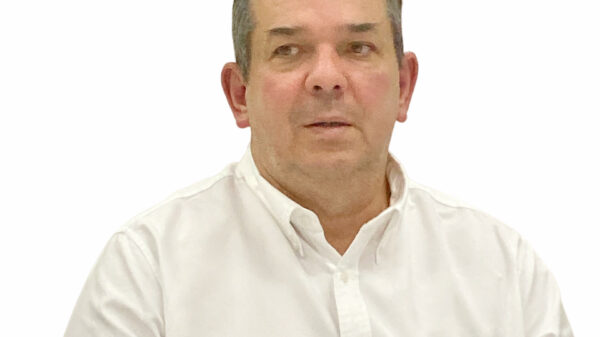You’re still nowhere near your destination and yet, you’ve been yawning and blinking so many times and have trouble remembering the past few kilometers you’ve covered. The most horrifying about all these is you might get into an accident, so the best thing to do is to pull over in a safe area and doze off even for just a few minutes.
Drowsy driving is just as dangerous as drunk driving, both being responsible for a high number of vehicle crashes and fatalities each year.
The Centers for Disease Control and Prevention of the United States reports that drowsy driving was involved in 91,000 crashes in 2017, resulting in 50,000 injuries and nearly 800 deaths. In 2020, there were 633 deaths based on police reports. However, these numbers are underestimated, and over 6,000 fatal crashes each year may involve a drowsy driver. While there is no similar data here in the Philippines, it’s safe to say that road accidents caused by drowsy driving is not a rare occurrence as those drivers interviewed on TV often admit to being sleepy before their vehicle crashed.
The National Highway Traffic Safety Administration of the United States explained that drowsy driving is so dangerous because it mirrors so many symptoms of drunk driving including blurred vision, slowed reaction time, and poor decision-making.
While drowsy driving is more common among those who travel long distances like drivers of trucks and delivery vans, drowsiness can also happen to even to those on short errands who often miss the warning signs that they were already having micro sleep episodes.
Micro sleep
Researchers generally define micro sleep as brief losses of consciousness that can last for four or five seconds. It commonly occurs when people are performing monotonous tasks, such as driving on an almost empty highway.
Most susceptible are those drivers who have not slept enough, those with untreated sleep disorders or on shift work. Prescription and over-the-counter medications can also cause drowsiness, and alcohol, even if taken in moderation, can interact with sleepiness to increase both impairment and drowsiness.
Drinking coffee or energy drinks may not always be enough. They might help you feel more alert, but the effects last only a short time, and you might not be as alert as you think you are.
If you drink coffee and are seriously sleep-deprived, you still may experience microsleep. This means that at 100 kilometers per hour, you’ve been traveling more than 138 meters down the road while asleep — plenty of time to cause a crash.
If you start to get sleepy while you’re driving, pull over for a 20-minute nap in a safe place, such as a lighted, designated rest stop. This has been shown to increase alertness in scientific studies.
Avoiding drowsy driving
Getting adequate sleep on a daily basis is the only effective way to protect yourself against the risks of driving when you’re drowsy. Experts urge that before the start of a long family car trip, get a good night’s sleep, or else you put your entire family and others at risk.
Many teenagers are in a stage in their lives when they do not get enough sleep due to school work or other reasons, which makes them vulnerable to the risk of drowsy-driving crashes, especially on long drives. Advise your young drivers to avoid getting behind the wheel until they’re well-rested.
Moreover, avoid drinking any alcohol before driving as consumption of alcohol interacts with sleepiness to increase drowsiness and impairment.
Always check your prescription and over-the-counter medication labels to see if drowsiness could result from their use. If you take such medications that could cause drowsiness as a side effect, use public transportation or have someone drive for you instead.

















